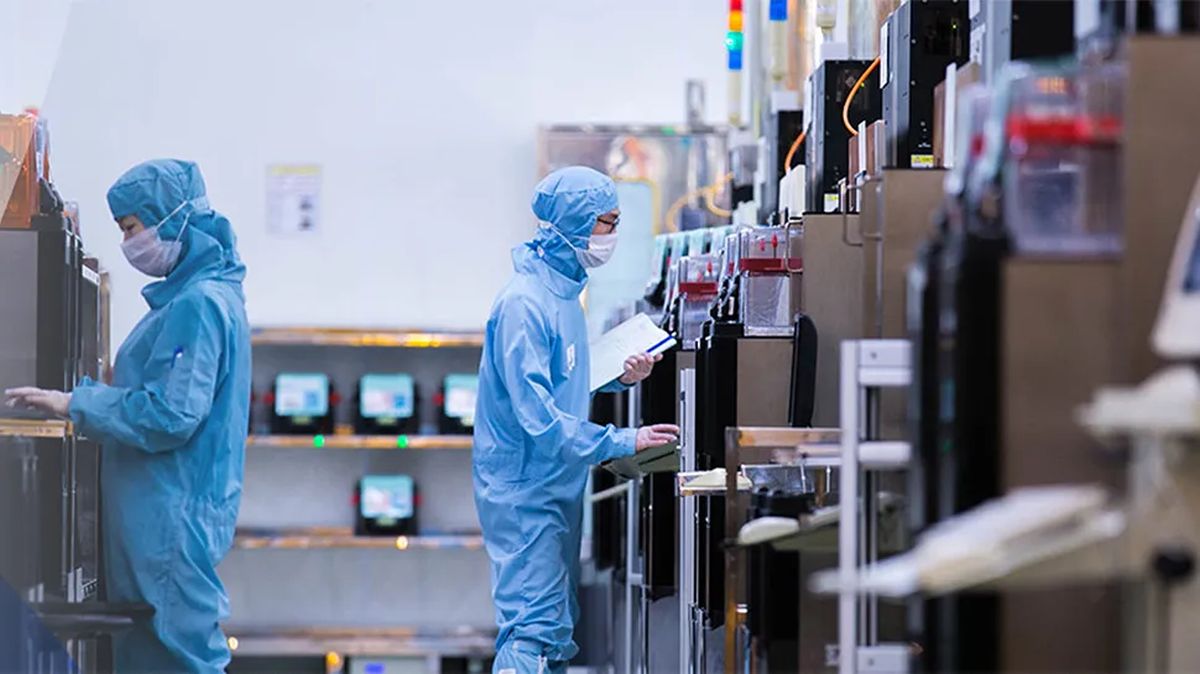Ever since the first executive order was signed by sitting US President Trump all those years ago, to curtail China’s AI and semiconductor ambitions, the country naturally entered into a state of self-preservation that has seen it pumping billions of dollars into the industry. However, a lack of experts in the field, technical shortcomings, and unsustainable business models have brought about a phenomenon of empty or abandoned factories, known as Zombie Fabs.
Per Tom’s Hardware’s list, no less than 12 of these Zombie Fabs exist, with the majority of them having gone bankrupt, blacklisted by the US government, failed to launch, or having run out of funds entirely. That last point, in particular, also led to the construction of buildings being halted and abandoned.

Again, it’s the Chinese government that was pouring in funds to these projects and companies, and the amount that Beijing has been throwing isn’t small. At the bare minimum, one Zombie Fab received US$1.8 billion (~RM7.67 billion). One company or project, rather, Tsinghua Unigroup 3D NAND Project, received up to US$24 billion (~RM102 billion) to create a new 3D NAND fab, but that got scrapped after it missed debt payment deadlines.
Total that amount up with the other Zombie Fabs, and you’re looking at US$50 billion (~RM213 billion) to US$100 billion (~RM426 billion) in lost investments, spread out across several years.

As mentioned, one of the reasons behind these companies turning in Zombie Fabs is due to a lack of technical expertise, with another being overambition. That said, it should be made clear that the country can already produce some 7nm-class nodes, and it is still one of the world’s largest producers of 3D NAND and DRAM memory products.
The failures and appearance of these Zombie Fabs also indubitably serve as lessons over what not to do, and that with almost all things, semiconductor advancement and production technologies take years to develop, while also requiring the necessary and relevant talent. Companies such as Wuhan’s Hongxin Semiconductor Manufacturing Co. (HSMC) and Quanxin INtegrated Circuit Manufacturing (QXIC) tried to take the shortcut with talent, poaching executives and hundreds of engineers right out of TSMC between 2017 and 2019, but ended up never producing a single chip.
(Source: Tom’s Hardware, DigiTimes)

